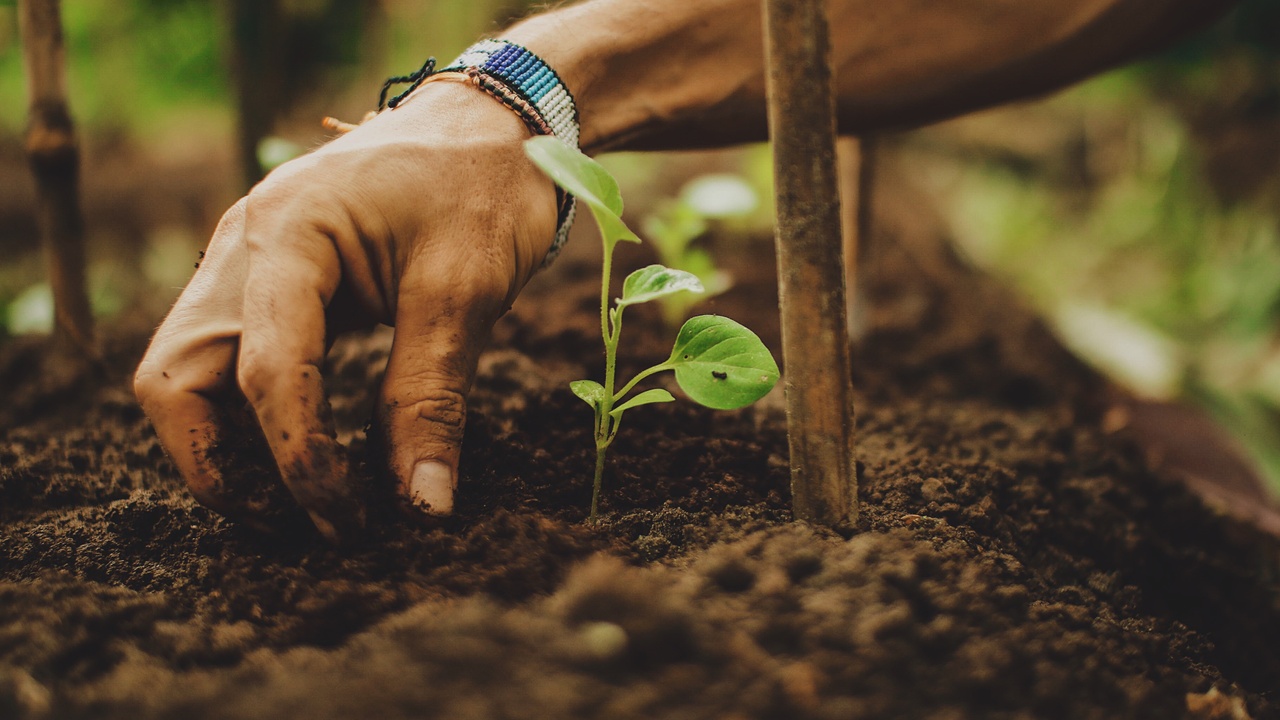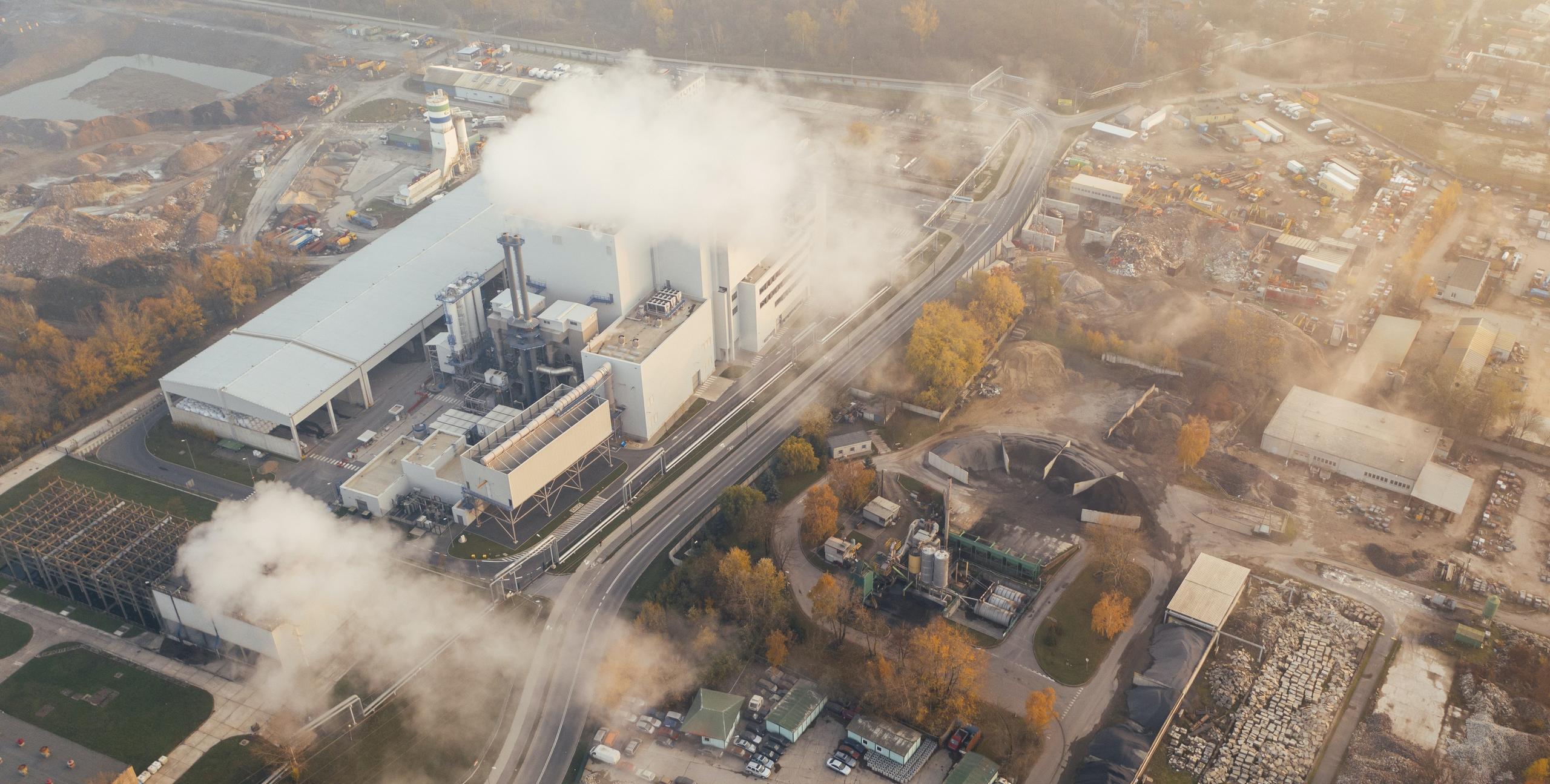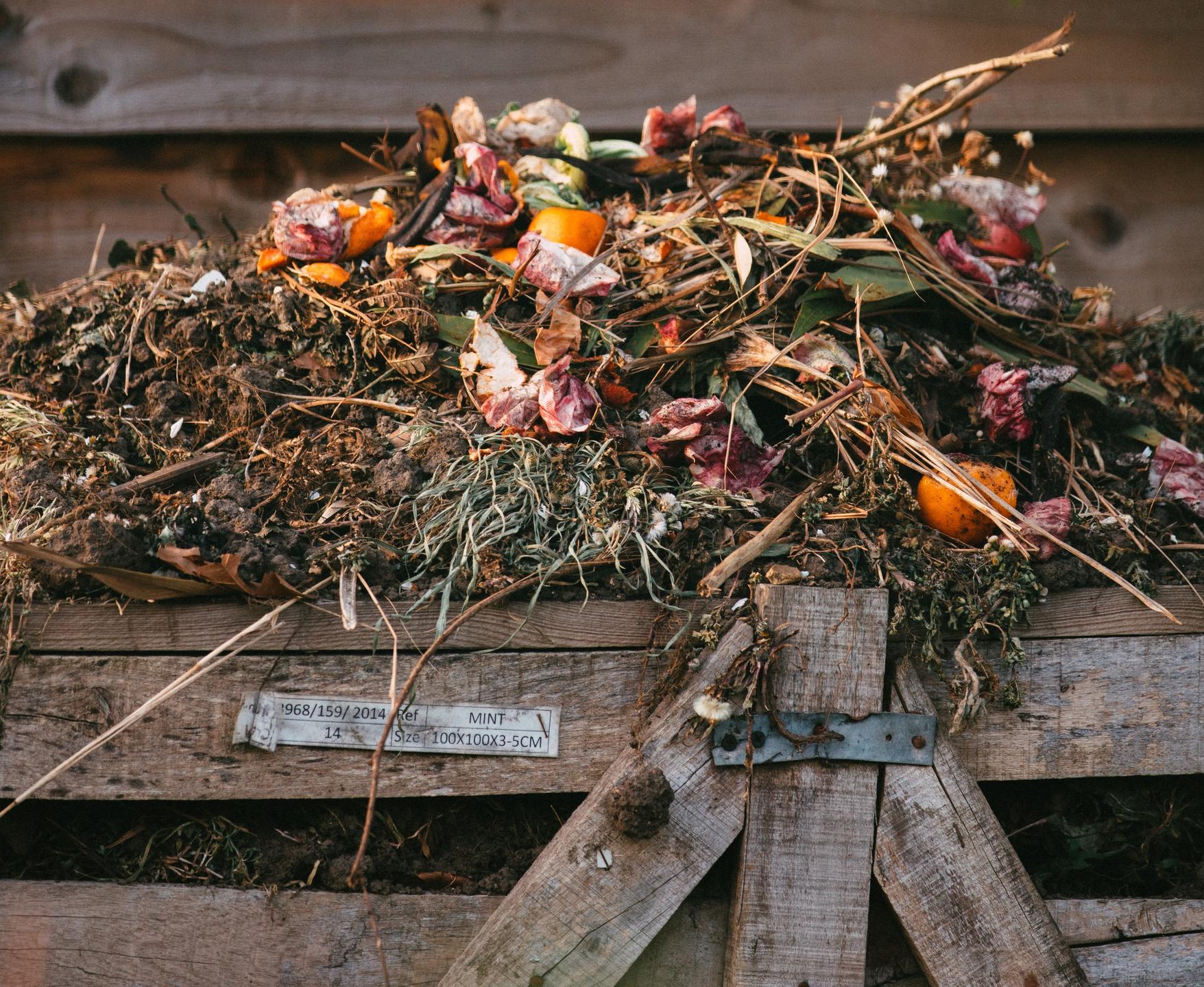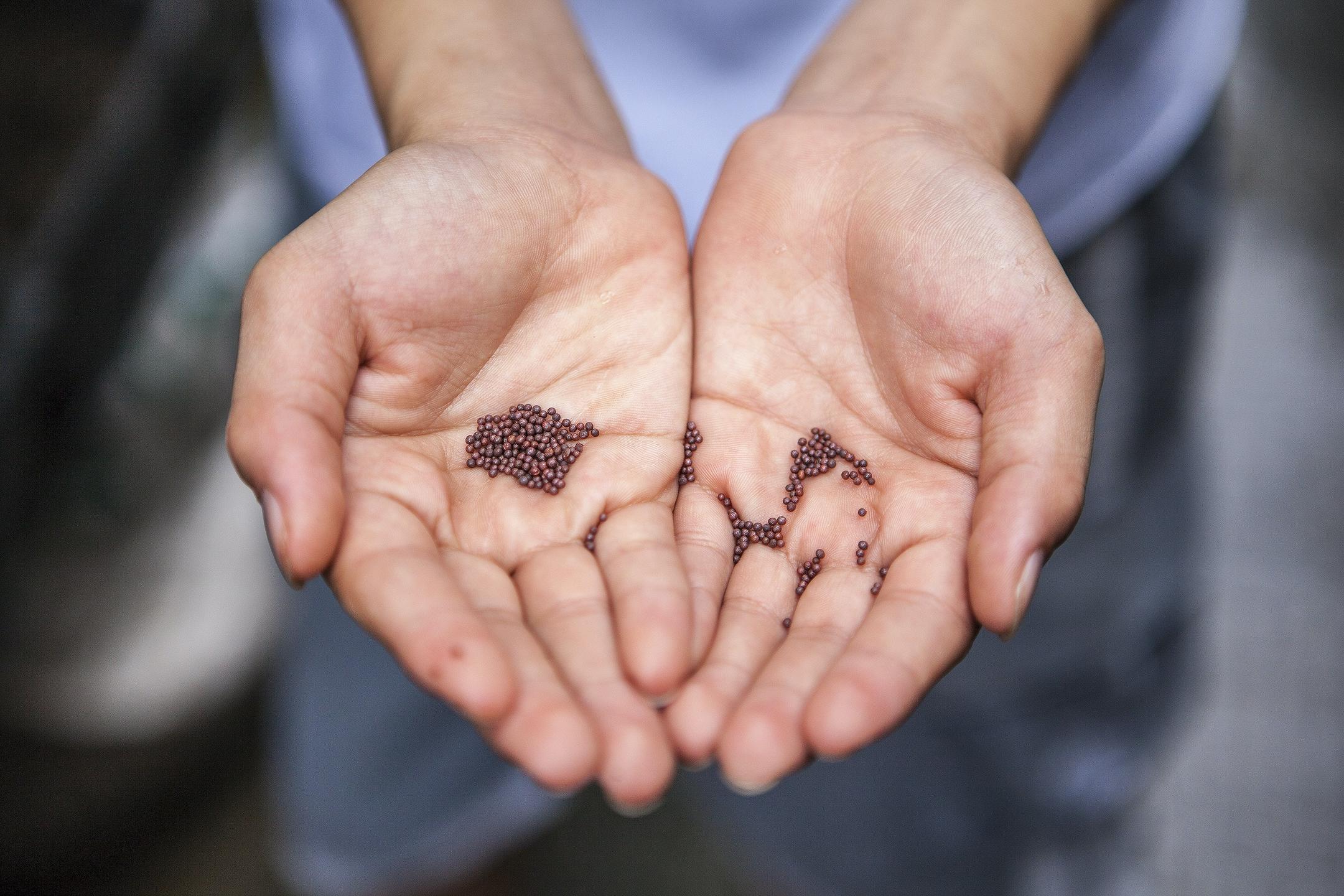
Introduction to Healthy Soil
Oct 26, 2021Healthy soil is a vital part of a healthy planet, yet many people are unaware of the environmental issues connected to the soil. Soil health is the key to regenerative agriculture - and is the key factor that modern industrial farming lacks.
But what is regenerative agriculture? The term “describes farming and grazing practices that, among other benefits, reverse the effects of climate change by rebuilding organic matter and restoring degraded soil biodiversity.”[1] With organic farming techniques rising in popularity over the last decade, there is hope that soil degradation can be reversed. By feeding the earth and restoring the soil, it is possible to transform dying land into thriving areas of opportunity.

Why is soil health important?
“If you take care of the soil, it will take care of you.”[2] This basic concept can completely transform our relationship with agriculture. The importance of soil regeneration is emphasized in other countries across the world, but the movement is just starting to gain traction in the United States. Regenerative farming techniques have been rising in popularity as farmers start to focus on long-term sustainability.[2] Many farmers have learned the impacts of ecosystem degradation the hard way, and it is now necessary to put life back into the soil.
The presence of organic matter within soil will improve its structure, reduce runoff and decrease erosion. It will also increase water retention, which saves money and resources.[3] Composting is a great way to restore organic matter to the soil, a practice that has become more popular and accessible in the last decade. With the help of city-wide compost pick up, recycling food scraps has become a common household practice.
“More than 180 US cities and counties are now collecting residential food scraps for composting, up from only a handful a few years ago.”[4] The success of food waste recycling relies on strong infrastructure. If a large-scale composting system were in place, businesses and institutions would be able to divert a huge percentage of food waste from the landfill.[4] This would in turn benefit the local soil, and even reduce emissions by keeping waste local.

There are many ways to rejuvenate the land, and every little step can make a big difference! No-till farming is one method that has been growing in popularity since the 1980s. It is a conservation practice that grows crops without disturbing the soil, and it dramatically reduces soil erosion. It allows farmers to maintain their fields without compacting the soil or leaving ruts. Most farmers even see reduced input costs when switching from strip-till farming to no-till farming. The best part about no-till farming is that it more closely mimics nature, allowing the Earth to heal itself.[5]
Second generation no-till farmers are discovering that they can improve the soil even more with the use of cover crops. A cover crop is a plant that is grown for the health of the soil, rather than for the purpose of harvesting. They can be used to slow erosion, control weeds and pests, and increase biodiversity. They have also been shown to increase crop yields and attract pollinators![6]
“In Maryland, farmers are using cover crops and no-till to increase the land’s ability to hold water, as well as improve water quality in the Chesapeake Bay by reducing runoff. A voluntary statewide program helped the cause and has led to regulations requiring mandatory nutrient management plans and restricted nitrogen application. Others in the country are looking at the model.“[6]

Another important method for restoring soil health is cattle and pasture management. Rotational grazing is a method of containing and moving animals through pasture in order to improve soil, plant and animal health. An important aspect of rotational grazing is letting the land rest in cycles, which lets the forage plants recover and the root systems to strengthen.[6]
“Left alone on a patch of land, animals like cattle and hogs can quickly destroy all signs of life, compacting the soil as they go. However, if the animals are managed with rotational grazing, the soil sees big returns. Grazing encourages plants to send out more and deeper roots. Those roots are continually sloughed off to decompose in the ground, boosting soil biomass and fertility and sequestering carbon from the atmosphere. Rotational grazing also helps prevent erosion and agriculture runoff.”[7]
Along with regenerative grazing techniques, many livestock farmers are also sustaining their pastures with interseeding. The process of interseeding introduces legumes or productive grasses into an existing pasture, and it is an important part of restoring health to the soil. There are many things to consider when interseeding fields, such as the timing, crop choice, and method of planting.

“Legumes interseeded into grass sod should increase pasture yield, improve forage quality, and eliminate or minimize need for nitrogen fertilizer. Clovers, alfalfa, and birdsfoot trefoil have been successfully interseeded. The more efficient seed placement provided by a no-till drill allows many of our more productive perennial forage grasses to also be successfully established by interseeding. Thin, low-producing, grass sod might best be improved by interseeding a grass legume mixture.”[8] By interseeding fields, farmers can ensure biodiversity, reduce soil erosion and restore life to the land. [8]
There are so many options when it comes to growing healthy soil. Organic matter is a vital component in the process, and will be the key to restoring agricultural land. If we take this opportunity to change the way our food is produced, it is possible to mend our relationship with the Earth.
---------------------
Written By Kate Reath
1.https://regenerationinternational.org/2017/02/24/what-is-regenerative-agriculture/
2. https://madison.com/ct/news/opinion/column/bill_berry/bill-berry-take-care-of-the-soil-and-it-will-take-care-of-you/article_b21a9a77-d471-5c12-bff7-841d32d69cdd.html
3.https://ucanr.edu/sites/Nutrient_Management_Solutions/stateofscience/Soil_Health_894/#:~:text=Introduction,plants%2C%20animals%2C%20and%20humans.&text=The%20soil%20carbon%20present%20in,to%20keep%20a%20soil%20healthy.
4. https://ilsr.org/composting-key-soil-health-climate-protection-reports/#:~:text=Compost%20is%20valued%20for%20its,run%2Doff%20and%20soil%20erosion.&text=%E2%80%9CThere%20is%20not%20enough%20compost,organic%20scrap%20should%20be%20wasted.%E2%80%9D
5. https://www.nrcs.usda.gov/Internet/FSE_MEDIA/stelprdb1083121.jpg
6. https://www.agriculture.com/crops/conservation/conservation-practices-keep-land-sustainable
7. https://rodaleinstitute.org/why-organic/organic-farming-practices/rotational-grazing/#:~:text=Grazing%20encourages%20plants%20to%20send,prevent%20erosion%20and%20agriculture%20runoff.
8.https://www.drovers.com/article/producers-should-consider-interseeding-pastures-spring


